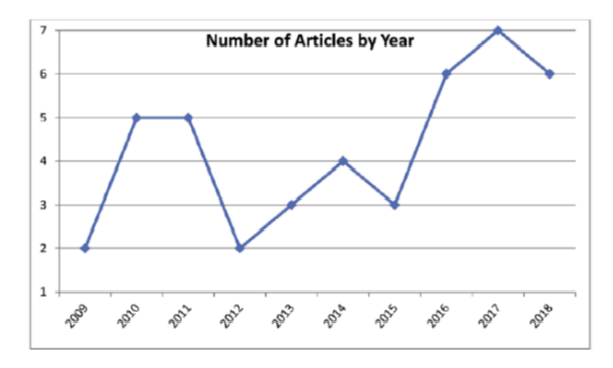


Indian Journal of Science and Technology
Year: 2020, Volume: 13, Issue: 36, Pages: 3778-3784
Original Article
Shabana Umrani1, Samina Rajper1*, Sajjad Hussain Talpur2, Imdad Ali Shah1,Awais Shujrah3
1Department of Computer Science, Shah Abdul Latif University, Khairpur, Sindh,, Pakistan
2Department of Information Technology, Sindh Agriculture University, Tando Jam, Sindh,Pakistan
3Mehran University of Engineering & Technology, Shaheed Zulfiqar Ali Bhutto Campus,Khairpur, Sindh, Pakistan
*Corresponding Author
Email: [email protected]
Received Date:07 June 2020, Accepted Date:19 July 2020, Published Date:12 October 2020
Background/Objectives: Game-Based Learning (GBL) is an emerging term that has attained focus and appreciation at a remarkable level these days, the GBL plays a significant role to learn through games. Angry Birds (AB) is one of the games which are very popular among kids that they mostly spend more than 8 hours of the whole day to play this game. AB’s popularity among the kids is due to its user-friendly easy interface and easy rules. Interface and rules of the game reveal primary physics theories and concepts. This study is conducted to modify the AB interface in such a way that basic physics concepts can be taught to secondary school students using this Game Based Tool (GBT). The objective is to provide GBL tool to teachers and students. That will be helpful for teachers to teach the physics concepts in an interesting way to students.Methods/Statistical analysis: The interface of the AB game is modified in such a way that while students perform various actions to kill the targeted pigs, to hit the objects for scoring, they will be able to learn physics, i.e., projectile motion and some basic concepts of physics involved in achieving the goals. This paper will present the modified interface of AB and how that is used for physics learning. This study is carried to attempt the mentioned objective. The experiment was conducted on 80 students of secondary school,i.e. group 1 played traditional AB game and learned physics in classroom without gaming aid and group 2 learned physics theories in class and used the modified AB game for playing game additionally learned physics from the actions they performed during play. Findings: This study shown that simple and interesting games can be used for learning scientific theories for secondary school students. The study achieved improved results after implementing the lectures using GBL tool to teach physics. 30% of 40 students got 80% of scores in class using GBLT while 25% of 40 students got 80% in class without supplementary GBT. Novelty/Applications: This GBT may be advantageous for teachers and students.
Keywords: GameBased learning; angry birds; Physics learning; mobile games
© 2020 Umrani et al.This is an open-access article distributed under the terms of the Creative Commons Attribution License, which permits unrestricted use, distribution, and reproduction in any medium, provided the original author and source are credited. Published By Indian Society for Education and Environment (iSee).
Subscribe now for latest articles and news.